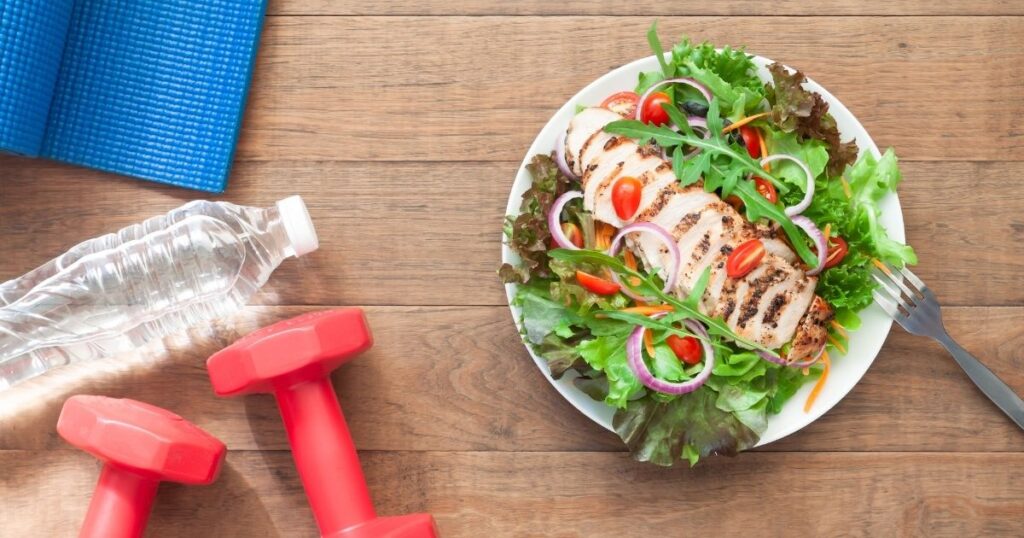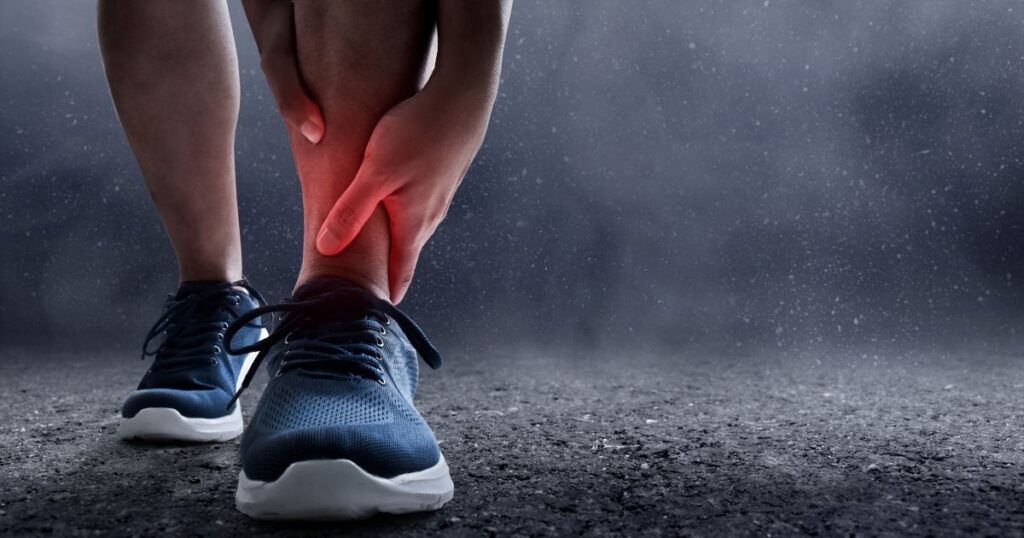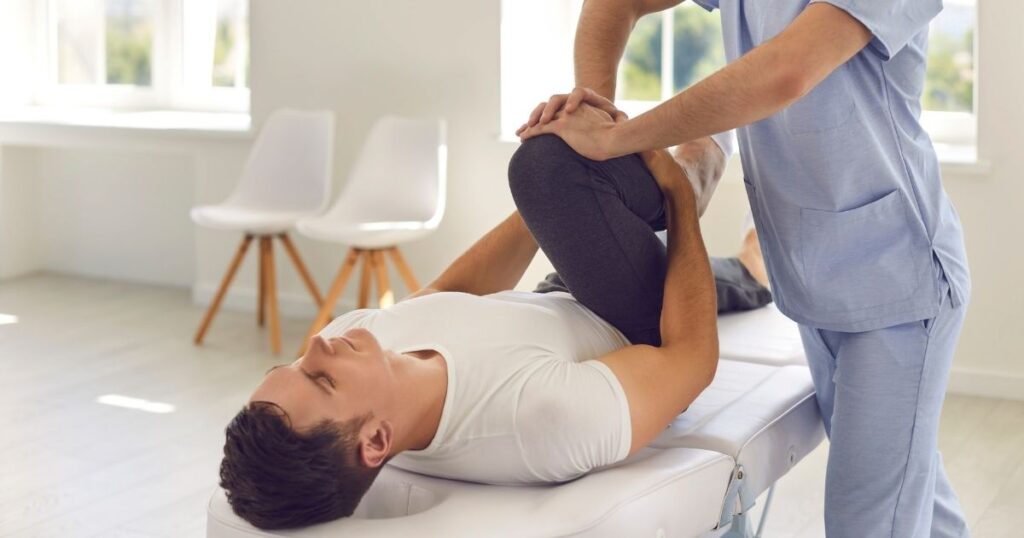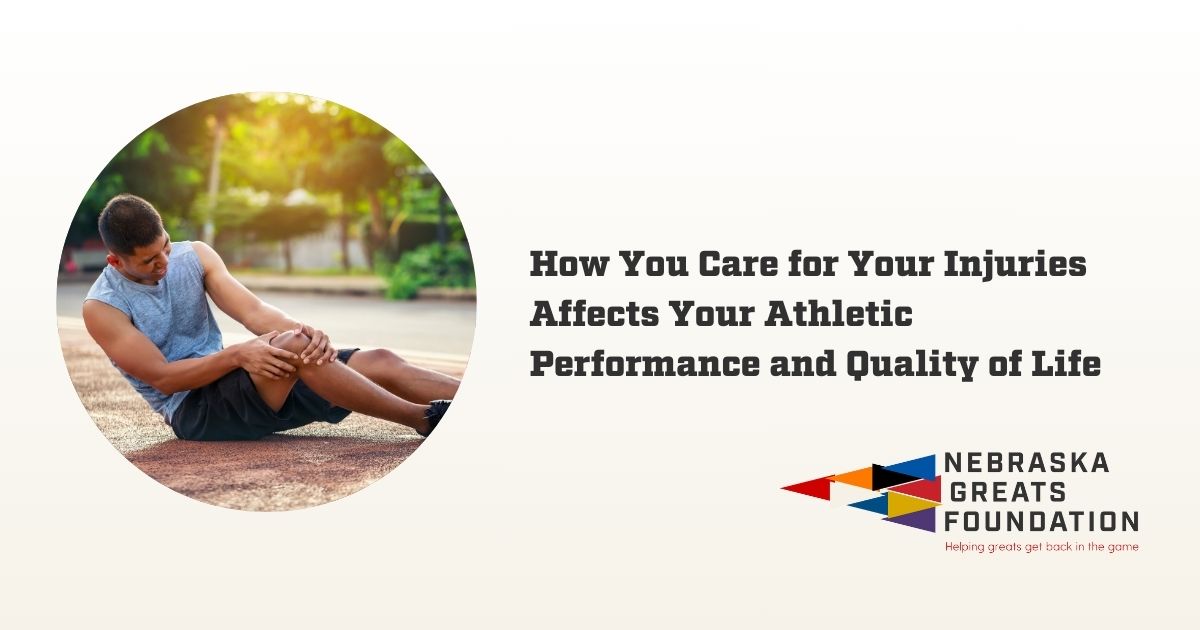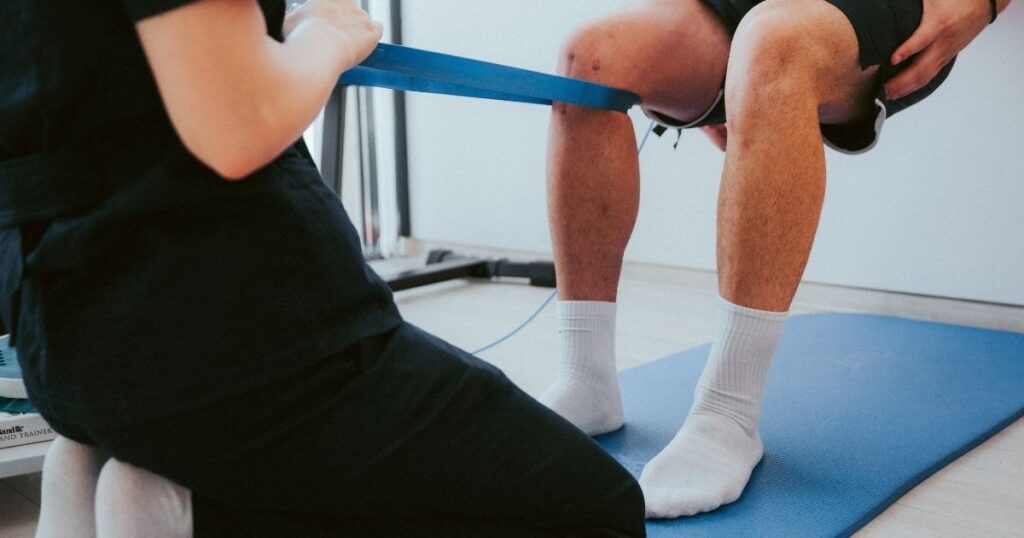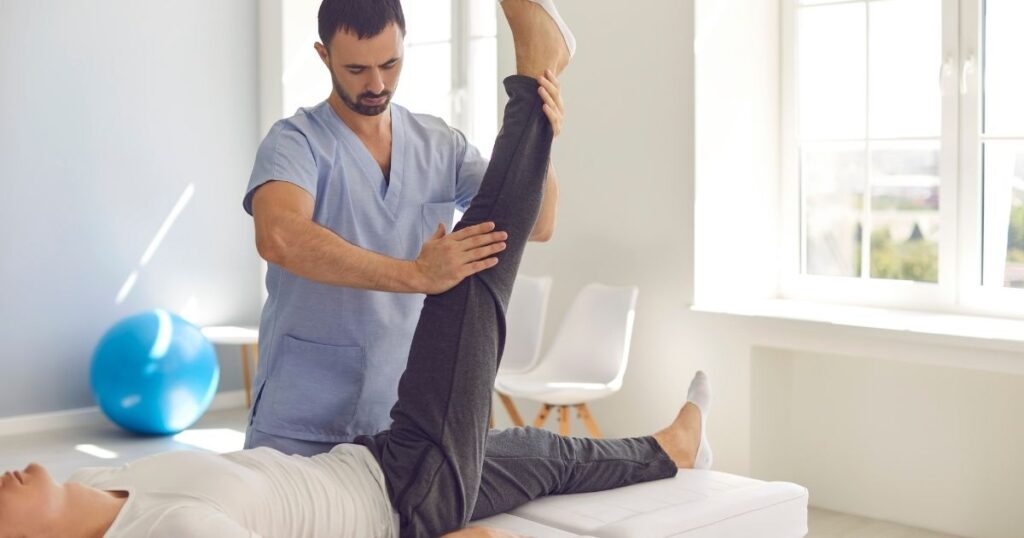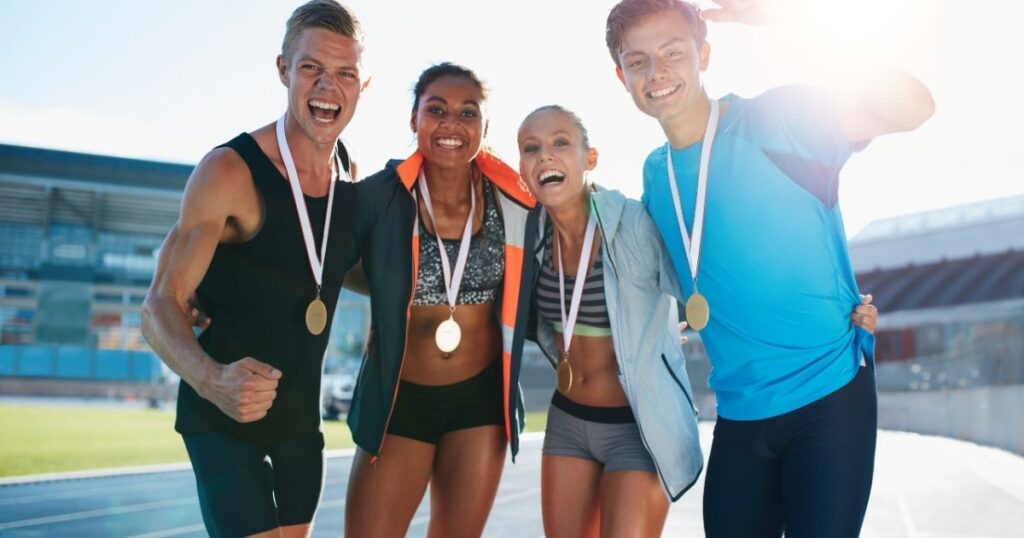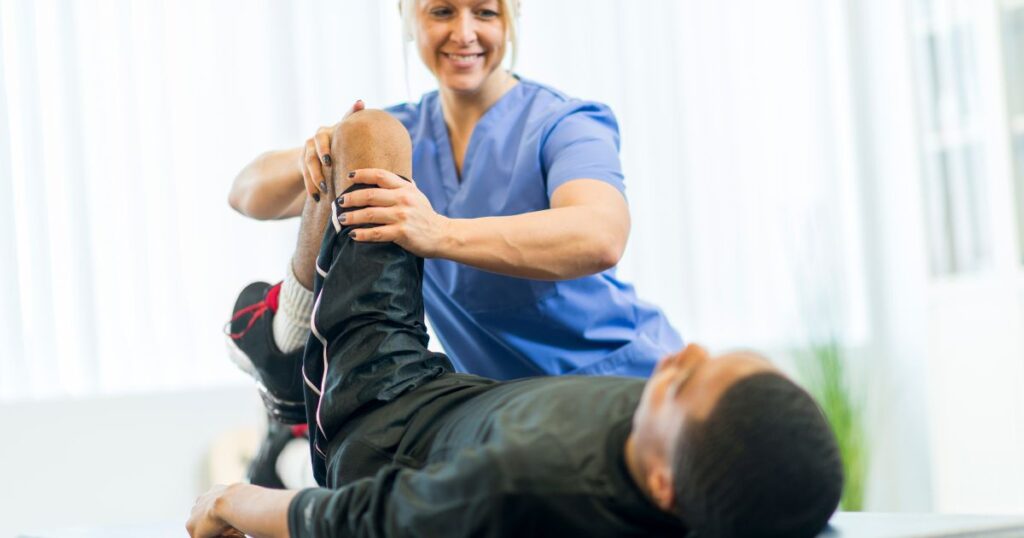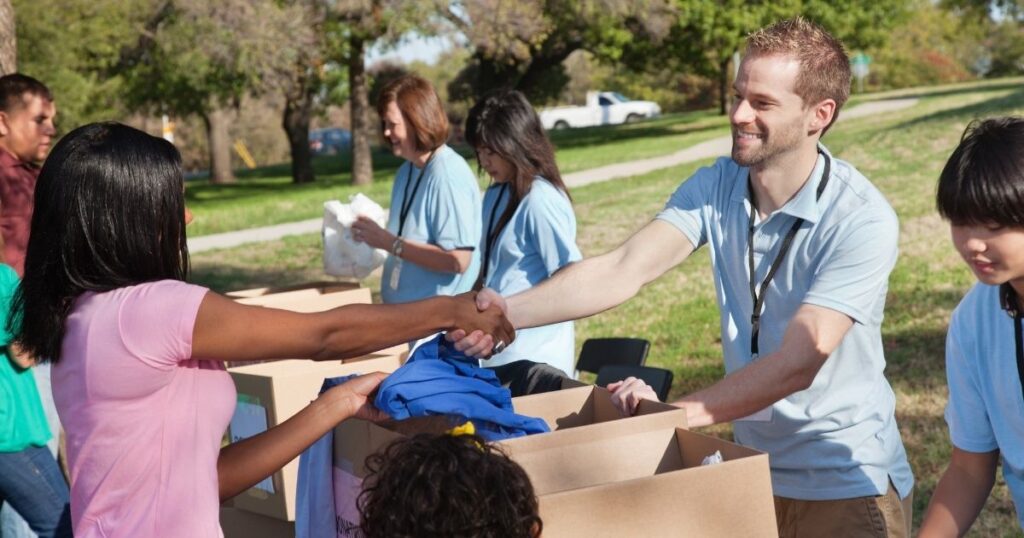How Injury Prevention Programs Help College Athletes Stay in the Game
The roar of the crowd, the thrill of victory, the unwavering dedication to a team – these are the defining characteristics of college athletics. But beneath the excitement lies a concerning reality: the pervasive risk of college sports injuries.
College athlete injury statistics reveal an awful truth of about 210,674 injuries per year, hindering performance and sometimes derailing athletic dreams.
At the Nebraska Greats Foundation, we celebrate college athletes and recognize the devastating impact injuries can have on their aspirations and well-being. With this in mind, injury prevention programs may be the proactive key to keeping college athletes safer and healthier.


Understanding the Landscape of College Sports Injuries
College athlete injury statistics paint a stark picture. Every year, thousands of athletes across various sports are injured from minor sprains to severe concussions and career-ending ligament tears.
Data consistently reveals that sports like football, basketball, and soccer, have significantly higher injury rates due to their inherent physicality and demanding nature. This knowledge enables the development of targeted and sport-specific injury prevention programs. Common injuries encountered in college athletics encompass a wide spectrum of conditions, including:
- Sprains: Overstretching or tearing ligaments.
- Strains: Tears in muscles or tendons.
- Fractures: Breaks in bones, often resulting from high-impact collisions or falls.
- Concussions: Traumatic brain injuries often leading to temporary impairment of brain function.
- Overuse Injuries: Conditions like tendonitis and stress fractures (small cracks in bones) that develop gradually over time due to repetitive stress and overuse.
These injuries can arise from traumatic events, such as collisions and falls, particularly in contact sports like football and basketball. Repetitive stress, stemming from repeated motions and overuse, is another significant contributor, often affecting athletes in sports like baseball, swimming, and track and field.
Injuries can also have psychological effects, impacting an athlete’s mental health, eroding their confidence, and diminishing their overall well-being. This can disrupt academic progress, causing missed classes, increased stress, and potential setbacks in academic performance.

What is a Proactive Injury Prevention Program?
A proactive injury prevention program is a comprehensive and systematic approach that integrates a variety of strategies designed to minimize the risk of injury. These programs represent a paradigm shift in how we approach athlete health and well-being. It’s not simply about reacting to injuries after they occur; it’s about actively working to prevent them in the first place.
It involves a personalized plan tailored to the unique needs of each athlete and the specific demands of their sport. At its core, a proactive injury prevention program emphasizes the following key elements:
- Strength and Conditioning: Targeted exercises that focus on building strength, enhancing flexibility, and improving stability.
- Proper Nutrition and Hydration: Fueling the body with the right nutrients and maintaining adequate hydration are essential for optimal performance, efficient recovery, and effective injury prevention.
- Recovery Strategies: Rest, sleep, and recovery techniques are crucial for allowing the body to repair and rebuild, decreasing the risk of overuse injuries.
- Sport-Specific Training: Tailored training for the unique demands of the athlete’s sport, preparing them for the specific movements, stresses, and challenges they will encounter.
- Technique and Form: Emphasis on proper technique and form is paramount to minimize stress on joints and muscles, significantly reducing the risk of injury.
- Education: Providing athletes with knowledge about injury prevention strategies allows them to take an active role in their own health and well-being.
- Multidisciplinary Approach: Effective injury prevention requires a collaborative effort with a team of professionals, including athletic trainers, coaches, physicians, physical therapists, and nutritionists.
The Benefits of Proactive Injury Prevention
The benefits of implementing proactive injury prevention programs are substantial and far-reaching. These programs can significantly decrease the incidence and severity of college sports injuries, keeping athletes healthy, competitive, and on the field. This helps:
- Minimize lost time due to injuries.
- Allow athletes to train consistently and compete at their highest potential, leading to improved athletic performance and greater achievements.
- Safeguard long-term athletic health and well-being.
- Potentially extend an athlete’s career and enhance their quality of life beyond their competitive years.
- Reduce costs related to medical and rehabilitation expenses, benefiting both individual athletes and athletic programs.

Implementing Effective Injury Prevention
Integrating injury prevention for college athletics requires a strategic and individualized approach. A comprehensive assessment of each athlete’s risk factors, including medical history, previous injuries, and training load, is essential for tailoring programs to their specific needs.
Programs should be customized based on the athlete’s sport, position, training regimen, and individual goals. Open communication and collaboration between athletes, coaches, and the entire medical and support staff is needed for the success of any injury prevention program.
Monitoring and periodic evaluations of the program are also necessary to track progress, improve the program, and ensure it still aligns with the athlete’s evolving needs.

Resources and Support
A wide range of resources and support systems are available to help develop and implement injury prevention programs. College athletic departments often provide comprehensive resources, including access to athletic trainers, strength and conditioning coaches, physical therapists, and sports medicine physicians.
- National Athletic Trainers’ Association (NATA): Offers information, research, and best practices related to preventing sports injuries.
- American College of Sports Medicine (ACSM): Offers scientific research and educational resources on injury prevention, exercise physiology, and sports medicine.
- National Strength and Conditioning Association (NSCA): A leading authority on strength and conditioning, providing research-based information, certifications, and educational resources to coaches, trainers, and other professionals working with athletes.
Certified athletic trainers play a critical role in the design, implementation, and monitoring of injury prevention programs, serving as advocates for athlete health and well-being. They can:
- Conduct Pre-participation Physicals: These comprehensive evaluations help identify potential risk factors and ensure athletes are physically prepared for their sport.
- Develop and Implement Injury Prevention Programs: Athletic trainers design and implement individualized programs that address specific risk factors and promote optimal athletic performance.
- Educate Athletes on Injury Prevention Strategies: They can provide athletes with knowledge and tools so they can take an active role in their own health and well-being and make informed decisions about training and recovery.
- Provide Immediate Care for Athletic Injuries: Athletic trainers are trained to provide prompt and effective care for acute injuries, minimizing the risk of further complications and facilitating the rehabilitation process.

Prioritizing the Health and Success of College Athletes
Proactive injury prevention programs are a necessity for protecting the health, potential, and dreams of college athletes. By prioritizing these measures, athletes, coaches, and athletic departments can cultivate a culture of safety, well-being, and performance optimization.
At the Nebraska Greats Foundation, we are unwavering in our belief that prioritizing injury prevention for college athletics is paramount to the success and fulfillment of college athletes. We urge athletes, coaches, and athletic departments to champion injury prevention as a cornerstone of their athletic programs.
Contact us today if you are a former Nebraska college athlete who needs help with medical expenses.





